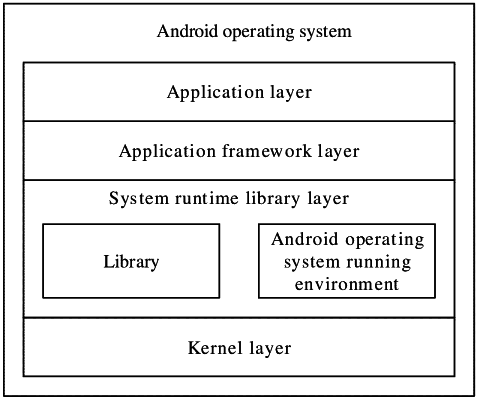| CPC G06F 3/0482 (2013.01) [G06F 3/0488 (2013.01); H04L 51/046 (2013.01)] | 16 Claims |

|
1. A display control method comprising:
receiving a first input performed by a user in a case that a first communication window is displayed on a screen of a terminal device; and
displaying at least one first control on the screen in response to the first input; wherein
the at least one first control is associated with a display content of the first communication window, each of the at least one first control respectively corresponds to at least one object, and the display content of the first communication window comprises at least one of a communication title, a communication content or a communication object; wherein
the at least one first control corresponds to target scenario information, and before the displaying the at least one first control on the screen, the method further comprises:
determining the target scenario information according to the display content of the first communication window; and
the method further comprises:
displaying a second control on the screen, wherein the second control is used to indicate the target scenario information;
receiving a third input performed by a user for the second control; and
modifying first information in response to the third input, wherein the first information comprises at least one of following: the target scenario information or an object corresponding to a second target control, and the second target control is a control of the at least one first control;
and/or
keeping displaying the second control on the screen in a case that the first communication window is switched into a second communication window, the first target scenario information corresponding to the first communication window being different from second target scenario information corresponding to the second communication window.
|